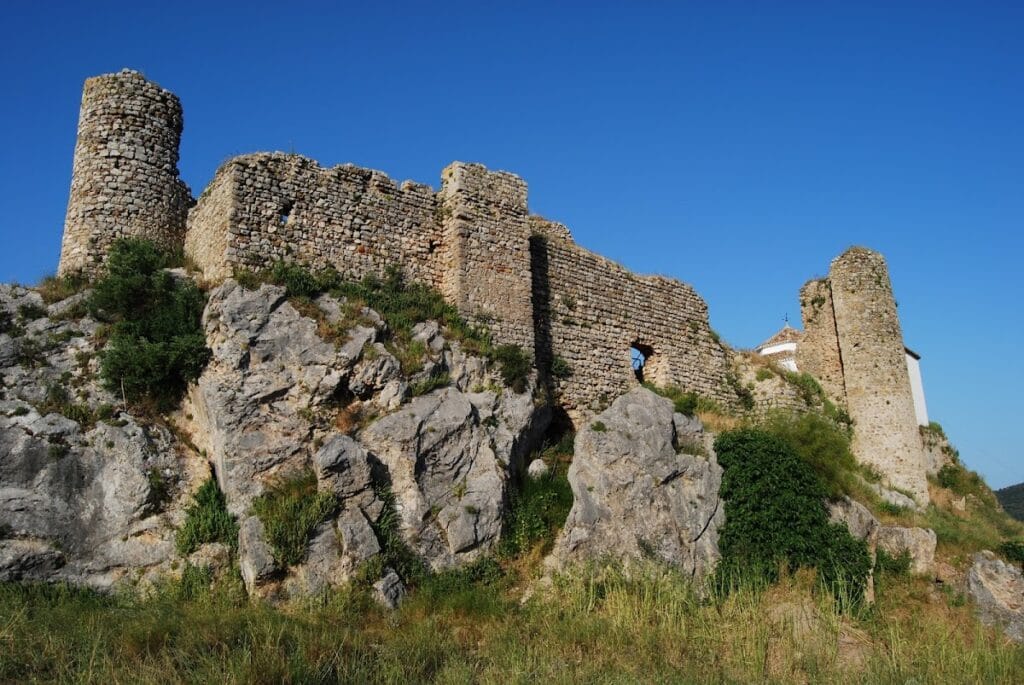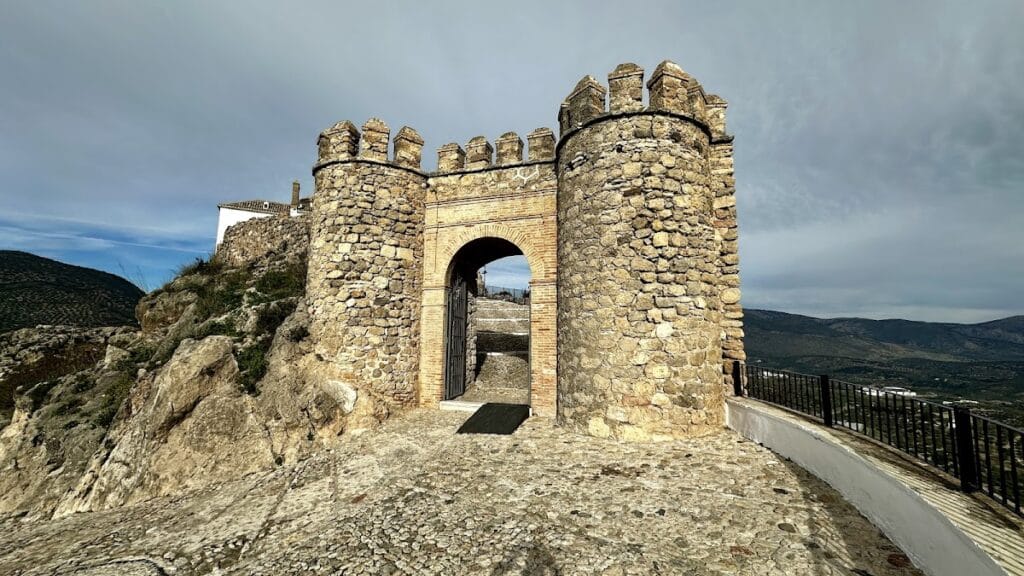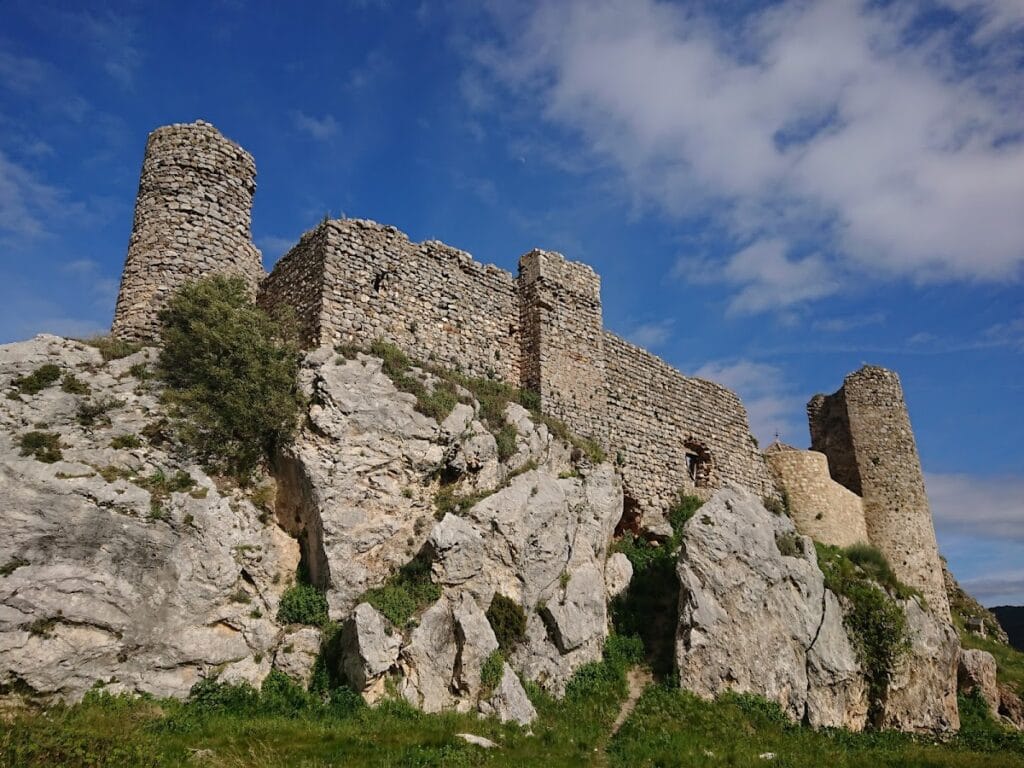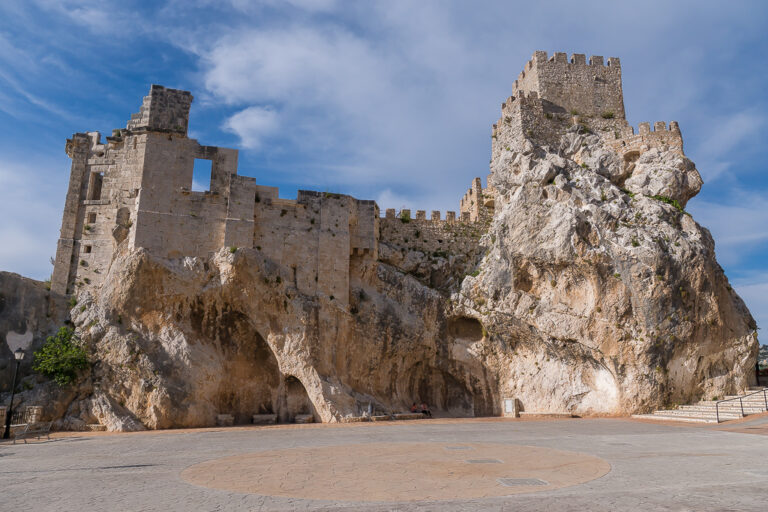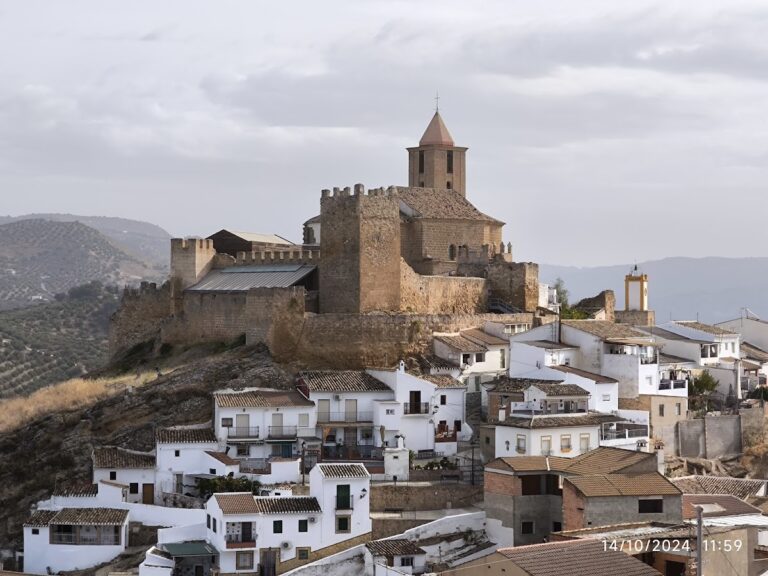Castillo Fuente Úbeda: A Historic Fortress in Carcabuey, Spain
Visitor Information
Google Rating: 4.4
Popularity: Low
Google Maps: View on Google Maps
Country: Spain
Civilization: Unclassified
Remains: Military
History
The Castillo Fuente Úbeda stands in the town of Carcabuey, Spain, built originally atop a Roman enclosure dating back to antiquity. The earliest documents that mention the fortress arise in the 9th century, within the context of the early medieval period when Muslim rule extended over much of the Iberian Peninsula.
In 892, the castle suffered destruction at the hands of emir Abd Allah’s troops, following the surrender of a local muladí rebel leader named Ben Mastana, who is believed to have been responsible for its initial construction in this early period. Later, during the turbulent years of the late 9th and early 10th centuries, the fortress was linked to the rebellion led by Omar ibn Hafsún, a key figure resisting central authorities in Al-Andalus. Significant rebuilding and reinforcement occurred between the 13th and 14th centuries, shaping much of the castle’s present form.
In 1225, King Fernando III of Castile captured the fortress and undertook reconstruction efforts, modeling its defenses after other notable castles such as those at Iznájar and Fuengirola. During this time, the castle became part of the Christian reconquest’s strategic network. The Order of Calatrava, a military-religious order, later assumed protective authority over the fortress and its surrounding lands. Notably, in the late 13th century, amid the political unrest caused by the rebellion of Infante Don Sancho against his father King Alfonso X, the castle’s mayor, Nuño Tello, famously maintained his loyalty to the monarch. Pressured to betray the king by opening the fortress’s gates, Tello ultimately took his own life within the castle, an event recorded in historical accounts of the period.
The fortress briefly reverted to Muslim control in 1339 under Nasrid ruler Yusuf I but was recovered by Alfonso XI in 1341, reconfirming Christian sovereignty. Later in the 14th century, in 1385, governance of the town of Carcabuey was assigned as a lordship to Ruy Díaz de Berrio under King Juan I. In the latter half of the 15th century, specifically in 1465, ownership of the castle and its territory was transferred through sale to Alonso Fernández de Córdoba. By the late 18th century, however, the fortress had been abandoned, preceding modern conservation measures including recent efforts to stabilize its remaining structures.
Remains
The Castillo Fuente Úbeda occupies a rocky hilltop and presents a triangular layout adapted to its natural terrain. Its construction combines two distinct methods: sillarejo masonry, which involves roughly shaped stones laid irregularly, and tapial, a form of rammed earth that provided solid walls. This blend of materials reveals a pragmatic approach to building, taking advantage of local resources and traditional techniques. The fortress features five towers along its perimeter: three with curved walls and two with rectangular plans, enhancing its defensive capabilities.
Approaching the castle from the east, visitors encounter the main gate, accessible by a steep path. Near this entrance is a Roman cistern carved directly into the rock, known as an aljibe, historically used for collecting and storing water, underscoring the site’s long history of continuous occupation and adaptation.
Inside, the expansive courtyard, or patio de armas, contains the Ermita de la Virgen del Castillo, a hermitage constructed in the late 18th century. The small chapel is designed in the shape of a cross (cruciform plan), featuring a half-point arch at the entrance and a ribbed dome in its interior ceiling which adds architectural interest. The hermitage houses several religious artworks and relics, including a 1770 altarpiece, a gilded wooden tabernacle, and a polylobed chapel that preserves an image of the Virgin. It also safeguards a relic attributed to Saint Mary of Egypt, indicating its spiritual significance.
Damage caused by the 1951 earthquake in nearby Alcaudete led to the hermitage’s reconstruction the following year, demonstrating the community’s commitment to preserving its religious and cultural heritage within the castle grounds. Archaeological remains scattered across the courtyard reflect various building phases, including square-plan structures from different periods and traces dating back to prehistoric times, highlighting the site’s long-term strategic and residential importance.
Today, remnants of the castle’s walls and towers remain partially standing, with ongoing restoration activities aimed at consolidating these historic elements, removing divisive fencing, improving access, and providing educational information, all contributing to safeguarding this layered archaeological and historical legacy.
